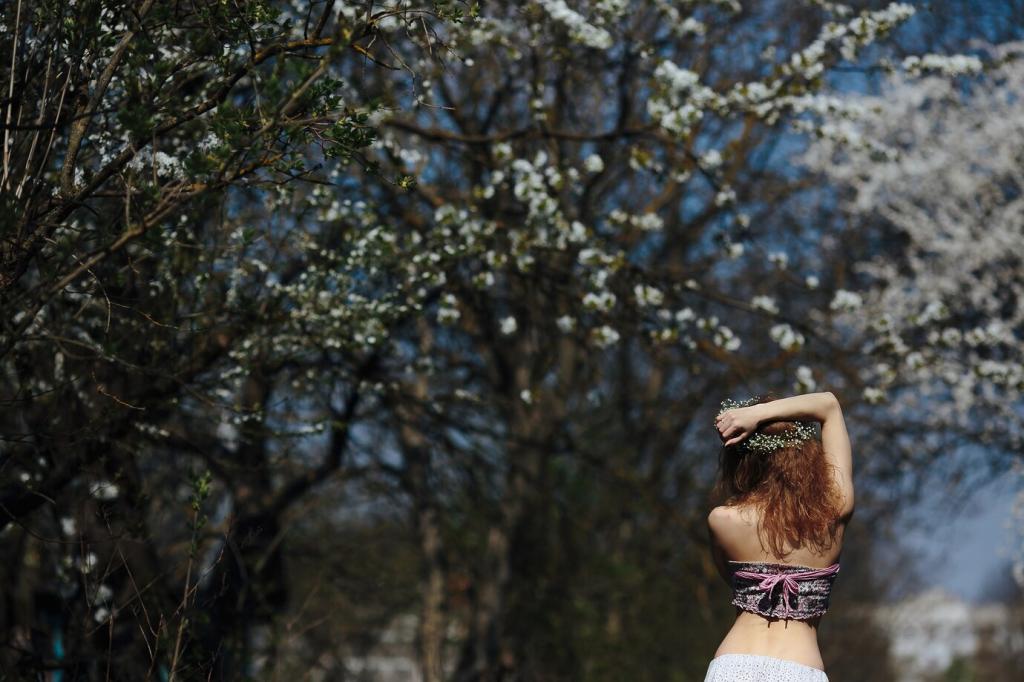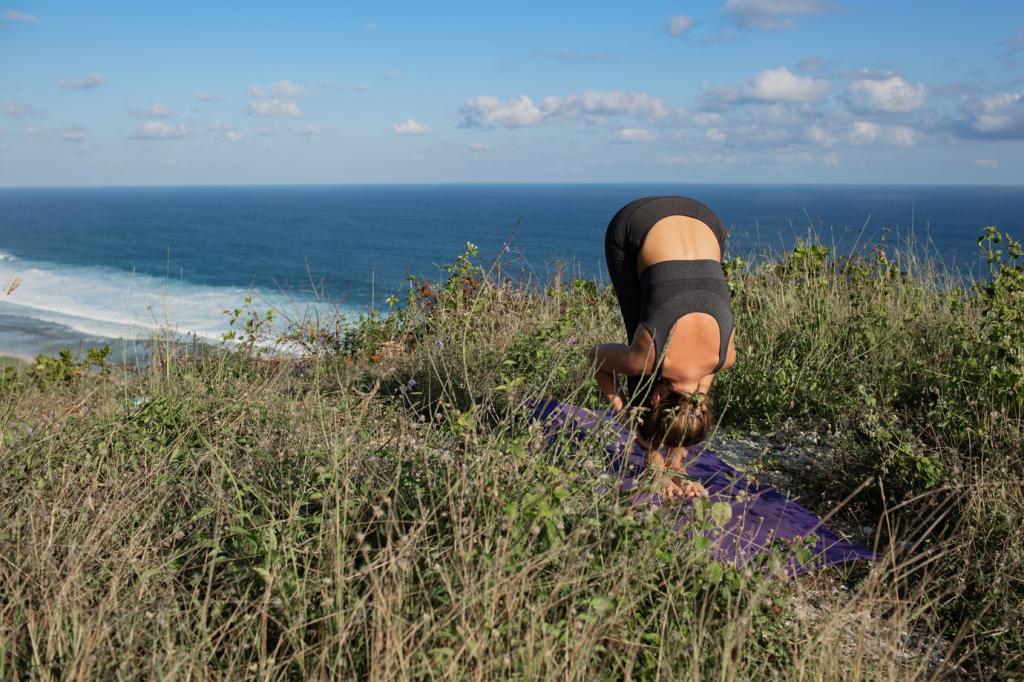Combining Hiking and Meditation for Wellness: Walk, Breathe, Renew
Why the Trail Amplifies Mindfulness
Stress Reduction on the Move
Gentle hiking lowers cortisol, and pairing it with mindful attention multiplies the effect by interrupting rumination. The brain loves rhythmic motion, giving thoughts somewhere calm to settle. Comment with moments when your breath and footsteps finally found the same cadence.
Cardio Meets Calm
Light cardiovascular effort improves blood flow to the prefrontal cortex, enhancing focus during meditation cues. When your heartbeat steadies, attention becomes easier to sustain. Share how your pace influences your ability to notice sounds, scents, and subtle body sensations.
Nature as Co‑Guide
Forests, ridgelines, and even city parks offer textured stimuli that invite presence without forcing it. A breeze can become a teacher; a birdsong, a bell. Tell us which natural reminders gently return you to mindful walking when your mind wanders.
Preparing for a Meditative Hike
Choose footwear that disappears underfoot and fabrics that do not rustle loudly, minimizing distractions during breath awareness. Pack lightly: water, a small snack, and a notebook for post-hike reflections. Share your minimal kit and how it supports staying present.
Preparing for a Meditative Hike
Pick a loop with steady grades so breathing stays smooth and attention stays soft. Plan time buffers to avoid rushing, and set a gentle pace you can hold while noticing sensations. Comment with your favorite mindful route and why its terrain helps you settle.



Footsteps as a Metronome
Match inhale to three steps, exhale to four, adjusting for terrain and comfort. If thoughts surge, return kindly to counting and footfall pressure. Try this for ten minutes, then share how your mood shifted and whether your pace naturally softened.
Breath Landmarks on the Trail
Choose landmarks—a bend, a bridge, a tree—to cue a minute of deeper breathing. Let each landmark reset posture, soften shoulders, and widen peripheral awareness. Post a photo of your favorite cue and describe the sensation it reliably brings back.
Open Awareness With Scenery
Loosen focus to include distant ridges, close leaves, and internal sensations simultaneously. Notice sounds arriving and fading without chasing them. If anxiety spikes, narrow back to breath and soles. Tell us how shifting your visual field affects your calm.
Stories From the Path
After twelve-hour workdays, Alex started sunrise hill repeats with box breathing. In three weeks, sleep returned and Sunday dread eased. The turning point was noticing birdsong on a steep climb and choosing gratitude instead of speed. Share your own small turning point.

Urban and Time‑Squeezed Options
Stitch together tree-lined blocks and parklets for a twenty-minute loop. Keep your phone on airplane mode, and let crosswalks become breathing cues. Even five mindful pauses reshape afternoons. Share your best downtown loop and the sensory detail that makes it feel wild.


Urban and Time‑Squeezed Options
Begin meditation on the bus or train by softening gaze and noticing contact points. Step off already grounded, turning the first sidewalk into a trail. Post a tip for transitioning from screens to presence before your feet hit the path.

Commit to fifteen mindful minutes daily: stairs, park loop, or forest trail. Track mood and sleep. Expect imperfect days; show up anyway. Subscribe for printable prompts, and report your wins and stumbles so others learn from your real journey.
Make It a Habit and Join In
Pair with a friend to share routes, intentions, and weekly reflections. A quick voice note after each hike cements learning. Invite someone today, and post your first shared intention so the community can cheer and offer supportive suggestions.
